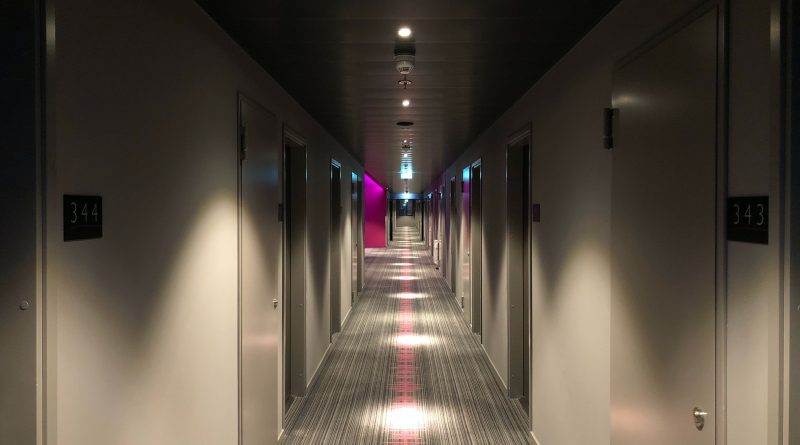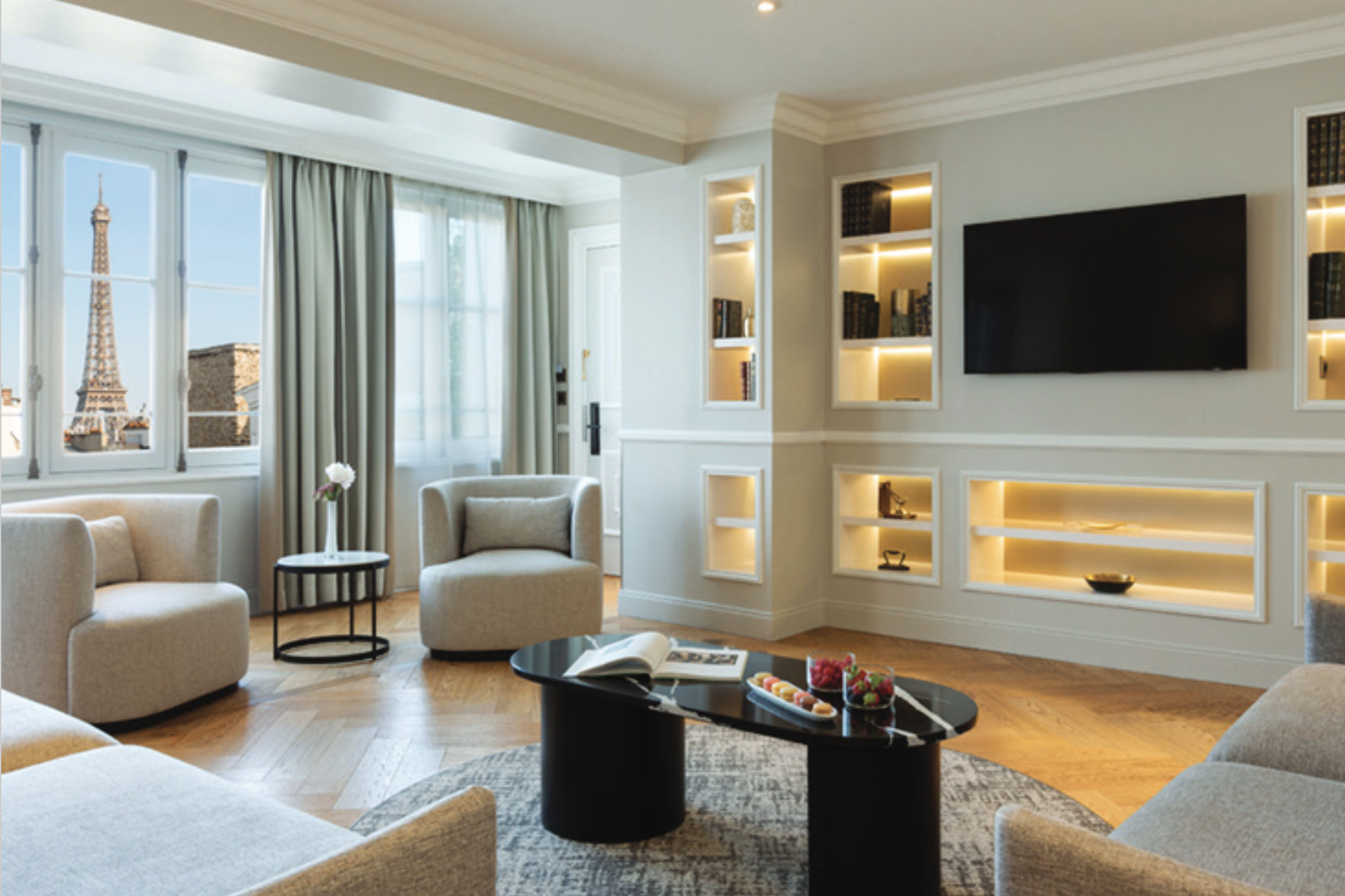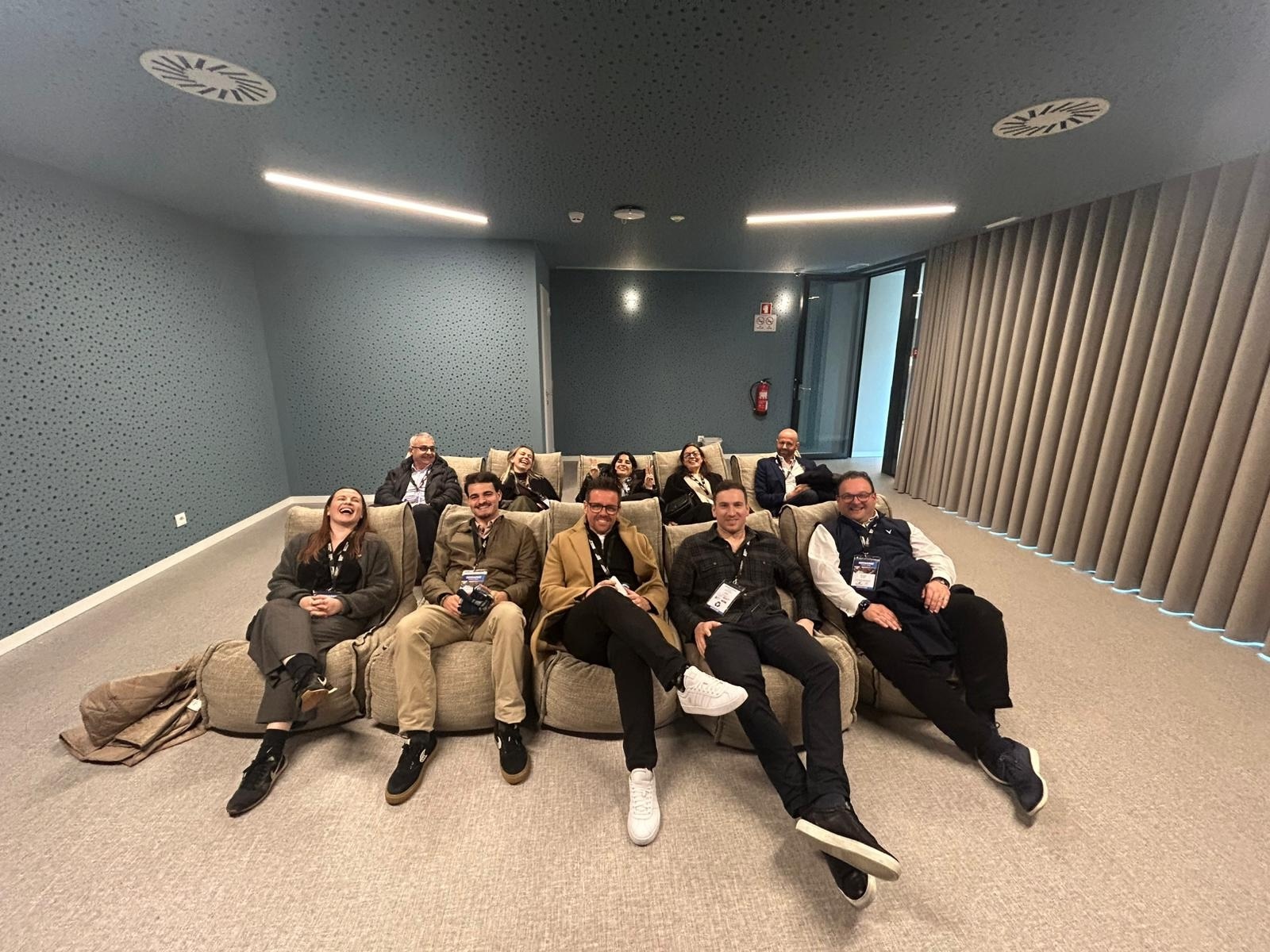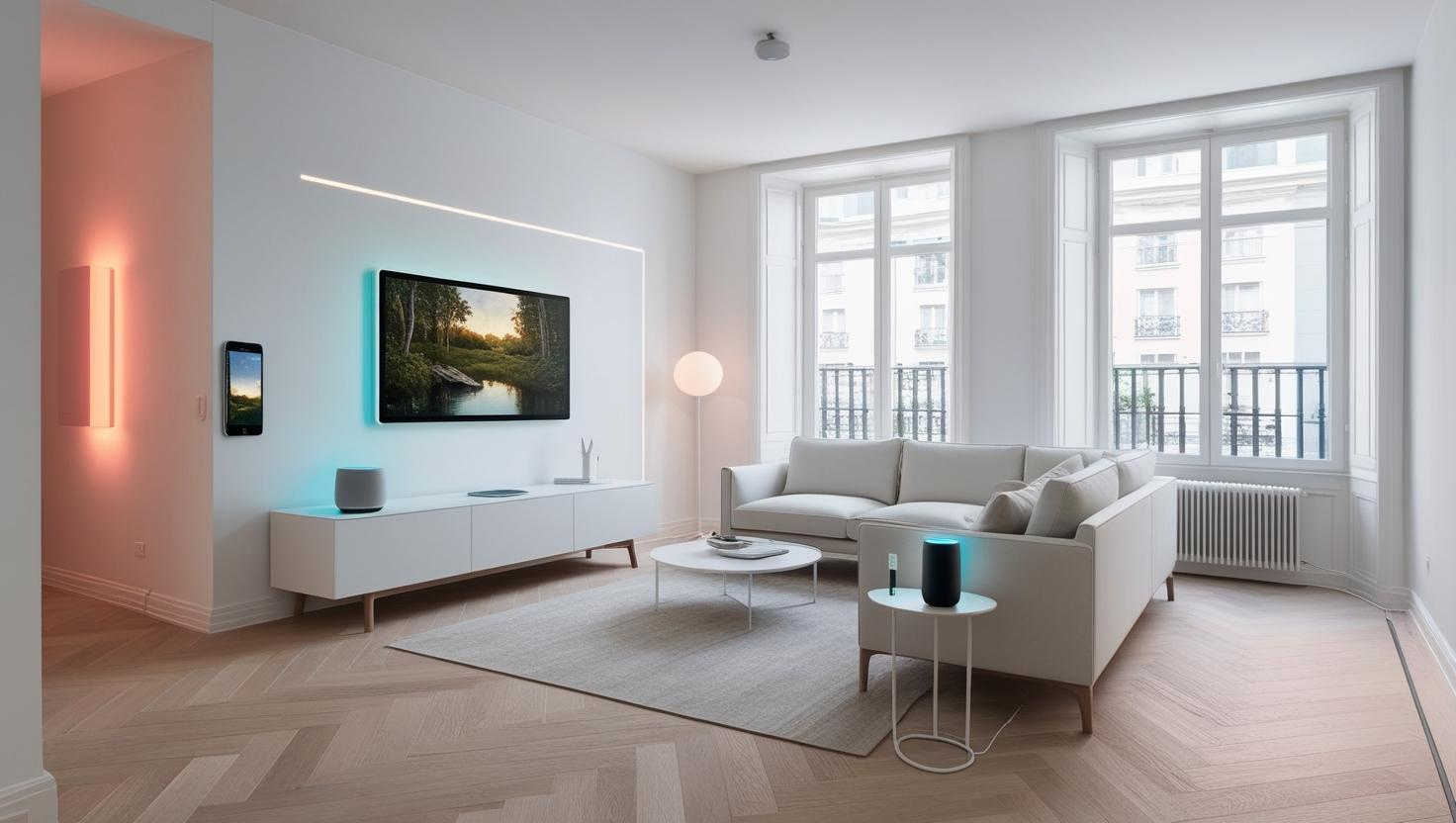It has been a surreal 20 months since the start of the global pandemic put the hospitality industry squarely in the crosshairs. Andrew Harrington of AHV Associates reflects on what we can learn from the period.
While by no means the only industry to be impacted by the global COVID-19 pandemic, given its highly interactive and client-facing nature, it has undoubtedly been a tumultuous 20 months for anyone involved with hospitality.
Although the uncertainty of the pandemic can be seen to have been focused, unsurprisingly, on the initial period when this virus became a part of our daily lives, continued lockdowns and restrictions put in place have meant the uncertainty has never really left us. However, with time we have had an increasing amount of breathing room to consider what it all means and enable the industry to take a more long-term view of the situation, more so than with the feelings of armageddon at those initial stages.
At AHV Associates, we have reaffirmed throughout the past 20 months (both in our monthly newsletters and semi-annual research reports, which can be found on www.ahvassociates.com) that while the initial panic of the pandemic shocked the industry and the world as a whole, the overall impact of it on the hospitality industry specifically was not going to be as bad over the long-term as initially predicted by many commentators.
Stronger performance than initially expected
Our long-held belief throughout has been that the vast majority of players in the Hospitality Industry would weather the pandemic. The few who would be in trouble would be those already in precarious positions, even before a global travel shutdown and restrictions on mixing between households.
This view has played out, with a lack of distressed assets in the market since the pandemic began, the lack of which has been aided both by governmental fiscal support and the amount of capital in the market pursuing such distressed deals. We give particular attention to Private Equity Funds, which today have a record amount of dry powder (unallocated capital) on their books, currently standing at $1.9 trillion globally.
These factors, in conjunction with the low levels of interest rates that we have been seeing, and the low cost of borrowing as a result, have meant that valuations across the board have not moved significantly from what they would have been pre-COVID.
While not necessarily pleasant, the pandemic forced those in the industry to get creative. As a result, it has sped up the trimming of much unnecessary fat – rapidly necessitating efficiency gains and cost savings that would typically be implemented at a snail’s pace. These improvements to the efficiency in which hotels operate are something that we expect to leave a lasting afterglow on the industry and is a factor that has undoubtedly improved investor confidence, demonstrating how the industry has been able to face adversity and overcome it.
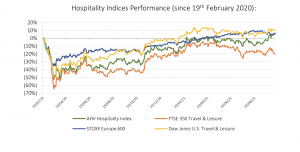
The AHV Hospitality Index has reflected this uncertain sentiment over the prevailing 20 months, with a significant drop in March 2020. More recently, however, it reflects the market’s optimism and confidence in the future prospects of the sector, outperforming the broader European STOXX consistently over the past 11 months. A market cap weighted Index, the AHV Hospitality Index tracks the largest hospitality companies with a significant presence in European markets.
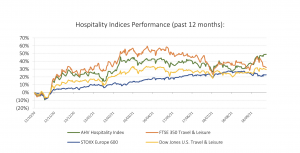
While performance has been strong across the board, the index’s performance has been particularly aided by the performance of the most prominent players in the industry, with Hilton and Marriott coming out of the pandemic with share prices above their pre-pandemic February highs.
With this being said, the performance of the sector as a whole has also been strong, from the minor players all the way up to the top end of the market, and has further demonstrated the hallmarks of confidence, as we have discussed. This is reflected in data from STR, which has shown consistent and robust growth of occupancy rates and average daily rates (ADR), with UK occupancy rates jumping up six per cent in August, the fourth consecutive MoM increase, reaching 71 per cent, up from 30 per cent in April.
While short of pre-pandemic levels, the staycation boost has offset the impact of significantly reduced international and business travel. The impact of which has been felt most prominently in the capital, with London’s occupancy rate at 56 per cent, although up seven per cent MoM, it can be seen to bring down the National average. The ADR for the UK has also almost recovered over the same period, reaching £94.
The UK’s lead over Europe in terms of economic reopening and vaccine rollout is clear in these statistics, with the European average occupancy rate at 54 per cent for August, although still a 90 per cent improvement on 2020 levels for the same period.
Our outlook
Proceeding out of the most prosperous summer months in the UK and Europe, there are arguments for caution surrounding the sector. These KPIs will inevitably fall in the coming months as part of the natural and anticipated demand cycle. Although there are issues with visibility going forward in predicting where exactly occupancy rates and ADRs will go, at AHV, we are optimistic for the sector going into the autumn and winter period.
Research from Deloitte argues that consumer spending will experience a significant uptick as we emerge out of the pandemic that has come to dominate our lives. The study is based on the premise that due to lockdowns and other restrictions, consumers are going to, and have already started, eagerly spending on activities that were previously unavailable for much of the past 20-months.
Their research points to the fact that real personal consumption expenditure (PCE) on recreational services is recorded to have fallen by 31.8 per cent in the last year, while spending on food services and accommodation specifically fell by 21.8 per cent.
This is further buoyed by the notably increased levels of savings accrued by middle and upper-class consumers across wealthy nations, coming from both an inability to spend and uncertainty across the board, leading people to be more cautious with their spending habits. The research points to these factors as the catalyst and ammunition for increased consumer spending across these demographics as countries steadily return to a state of normalcy and consumer confidence returns.
Furthermore, with vaccinations rising, daily cases and deaths due to COVID-19 have decreased significantly, reducing anxiety and concerns regarding health. With this lessening anxiety has come a change in mood, with people far more eager to get back to meeting up, heading to their favourite restaurants and pubs, take holidays, and return to their favourite hotels for a well-earned break.
What Lessons can we take from this?
• A wide lens always trumps a narrow one: When looking at a shocking and unique event through a narrow lens, of course it is going to look like armageddon.
• The COVID-19 pandemic played out differently from anything we have experienced before: Given the immediate government fiscal support policies, the amount of capital in the markets and the cheap prices of debt, the impact in an economic sense has been minimal across much of the market.
• Never waste a good crisis: While the threat to the hospitality industry was at points very real, the fact of this sped up a number of necessary efficiency gains and cost savings.


